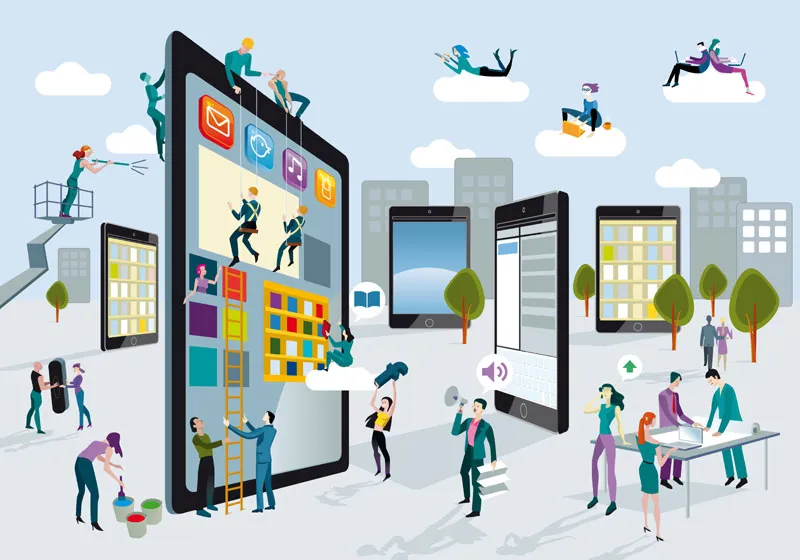How new new-age startups are focussing on the bottom of the pyramid to change lives
The bottom of the pyramid is a popular concept used by various institutions and bodies to classify the largest yet poorest strata of society. Globally, it comprises 4 billion people. Sadly, 60 per cent of this whopping number lives in India and China. With an income of less than Rs. 150 to Rs. 250 a day, this section struggles to survive in today’s world. From time immemorial, leaders and businessmen have ignored and shunned this sector due to their lack of buying power. And why not? In the first place, this strata did not have the buying power to support a strong business case; secondly, they did not know how to use advanced technologies.
Especially, in India, the desktop/computer-led Internet innovation could not reach the masses, owing to heavy infrastructure costs. All of these have collectively kept this population largely underserved in terms of products and/or services. In the past few years, India has aggressively focussed on skilling these people. However, only skilling is not sufficient. It is key to ensure that employability is strongly coupled with skilling.

Image: shutterstock
But with great problems, come great business opportunities, especially with the onset of new-age start-ups and the penetration of smartphones.
Enterprising entrepreneurs have begun to regard this segment as aspirational and skilled but inexpensive. They believe that the bond with this strata of population could be built now, more than ever before, with the reach of smartphones. With this fresh outlook, these budding professionals have set out to build innovative business models.
With a big chunk of the population not organized yet aspirational, and with the rapidly increasing penetration of mobile phones, India is shaping up to be a strong market for such disruptive business models. Entrepreneurs today have set out to make a difference to the lives of the people from the bottom to the top.
At the same time, Indian consumers today want greater convenience in their daily life. They want a professional, trained service experience. Whether it is when ordering food, booking a taxi, getting home services done, or buying groceries.
Ola and Uber have disrupted the cab booking process for the Indian consumer. Until three years ago, we couldn’t have imagined getting a taxi within 10 minutes. But times have changed and, in turn, changed the lives of several thousand drivers. At one point, drivers could make 50,000-60,000/- monthly!
Today, there are startups changing the lives of beauticians, electricians, drivers, cleaners, delivery boys, and small restaurants in a big way. Startups such as Roadrunnr, Shadowfax, and Swiggy manage deliveries from various food outlets to ensure timeliness. Grofers and Bigbasket ensure your groceries are taken care of. Taskbob and Timesaverz provide reliable handymen, beauticians, drivers, and cleaners, by training these servicemen and further giving them jobs. All these startups have been successful in bettering the livelihoods of the people at the bottom of the pyramid as well as its top!
By creating new, formal job opportunities each year, industries like these can play a pivotal role at the institutional level in reducing both unemployment and undeclared work. This can be better explained by quoting Debapratim Purkayastha, an assistant professor at ICFAI Business School(IBS) Hyderabad. He explains that building sustainable livelihoods is a “win-win for both employers and employees. The former get well-trained workers and the latter get fair pay and dignity of labour. Moreover, being part of a formalised employment structure increases workers’ bargaining power and awareness of their rights.”
The bottom of the pyramid is a hotchpotch of talented, skilled and aspirational citizens. With the right platforms and intentions, these citizens can live a better life and can be better included in society. Startups that rely on this section have just scratched the surface. It will be interesting to see how companies that use such business models survive and thrive in our highly competitive world.
(Disclaimer: The views and opinions expressed in this article are those of the author and do not necessarily reflect the views of YourStory)







